
EYES IN THE SKY
Early morning and Guam Battalion troops assemble to hear of the day’s mission – a trip to FOB (Forward Operating Base) Spin Boldak to be trained in drone warfare.
One by one, orders and rules of engagement are read out by the mission commanders. Today there is a special guest – the Commander of Guam Battalion Colonel Michael Tougher has flown down from his hq in Kabul and will be travelling with us to see the drones in action for himself. Col. Tougher also highlights some security issues for the drive ahead, telling the vehicle gunners:
“Watch out for kids with plastic guns along the road. We’ve had reports that the Taliban sometimes deliberately uses children to provoke us into shooting them, for the propaganda value, so make sure you follow the rules of engagement and watch very carefully”.
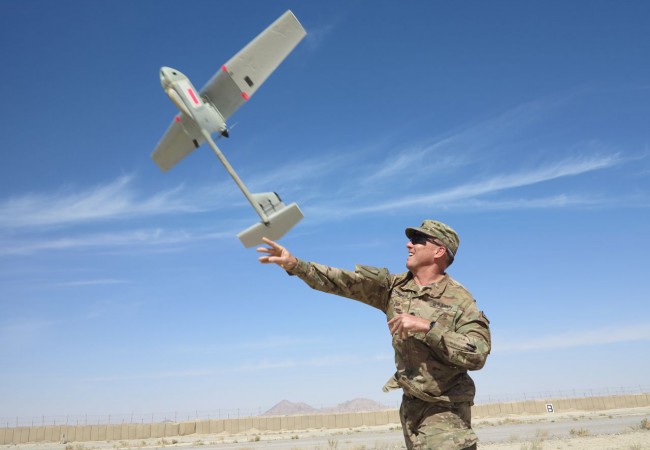

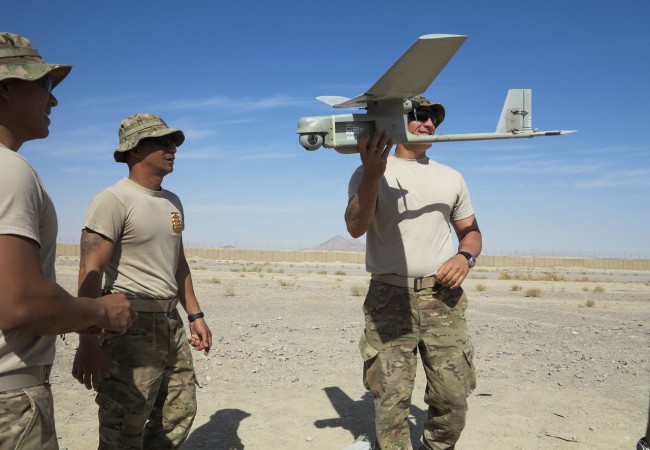
We leave Kandahar in a convoy of MRAP (Mine Resistant Ambush Protected) vehicles towards the Pakistan border. It is only a couple of hours drive and you soon realize how close Kandahar is to Pakistan, with a constant flow of vehicles and people on this road. Moving on roads in the south east of Afghanistan you are always aware of the dangers: the risk of IEDs and ambush is on everyone’s minds and our convoy moves at speed for the whole trip without stopping.
We arrive at FOB Spin Boldak and after the MRAPs are parked we move into a large open base with runways and lookout towers. Small, lightweight “Raven” drones are being assembled and readied by a contractor and some army personnel.
I ask the contractor, “Jeremy” from Enrgies Inc, what the main value of using drones is.
“The main thing is soldier safety. You have your guys moving on the ground and by having one of these Ravens up in the air to scout around where you are going you can get an idea of any danger ahead. It gives your soldiers a “heads up” on what is out there in front of them.”
“We have the Raven, the Puma, a smaller one called the Wasp which can be deployed easily and then a larger one called a Tigershark. These models are all for surveillance, they’re not weaponised until you get to larger UAVs like Predators and Raptors.”
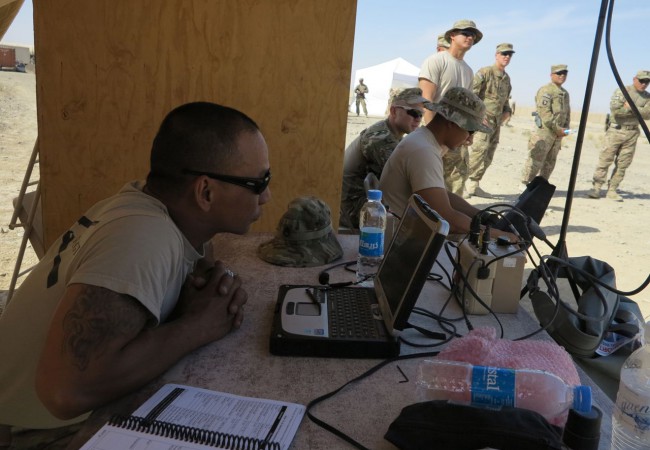
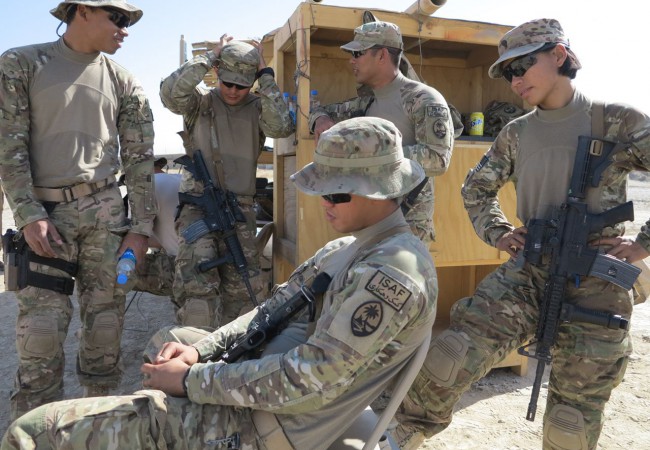
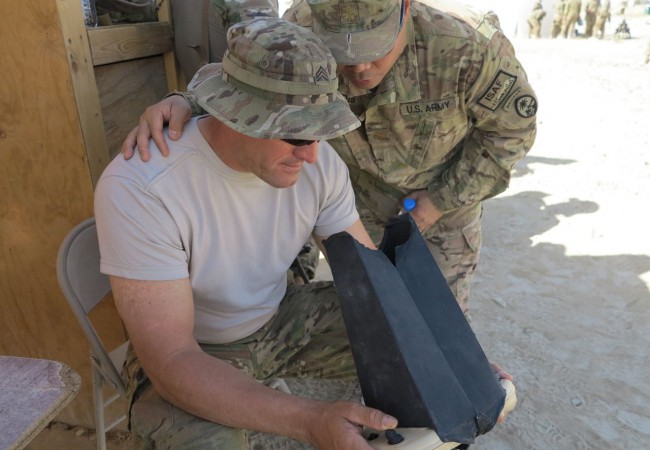
He says the Ravens require a 10 day course, about 80 hours, to become competent in using them. There’s a couple of days of classroom work initially and then it gets hands-on.
“The technology is always moving quickly – when we started with the Raven a couple of years ago we only had a fixed camera, now we have a fully moving 360 degree pivoting camera mount and the batteries have been much improved upon too.”
Is the use of drones a significant turning point in warfare?
“I think so. With the war downsizing and moving to the end (for the US) it may be less significant now, but during the heavy fighting of ‘08 and ‘09, these aircraft were saving a lot of lives and used alot. In my unit (2nd, 101st Airborne) we accumulated 10,000 flying hours in the course of that year. It set up the battlespace for our guys to have success and we were using drones daily, 8-10 hours a day. They would land, we’d put new batteries in and send ‘em up again.”
Drones started out being used by elite units but their use is now being filtered down the line.
“They are now going army-wide. The Pumas were upgraded and first used by all the Special Forces guys – SEALs, Green Berets etc, but now all the army units are being trained in them. This is the future of warfare.”
What makes the Ravens so flexible to use is that they don’t require a runway to takeoff or land – they are launched by hand and come back to crash-land whatever the terrain. The drones are designed to break into 3 pieces on impact. What holds them together is a 10 cent piece of plastic that absorbs the impact of landing by snapping, and then are easily replaced.
“You can feel the engines pulling your arm back” says Sgt Napoleon as he throws a Raven with propellers going at full blast. It is his first time to fly and all the Guam troops take their turn to get a feel for the little machines. Cheers go up and he says “time to go look at what the bad guys are doing”.
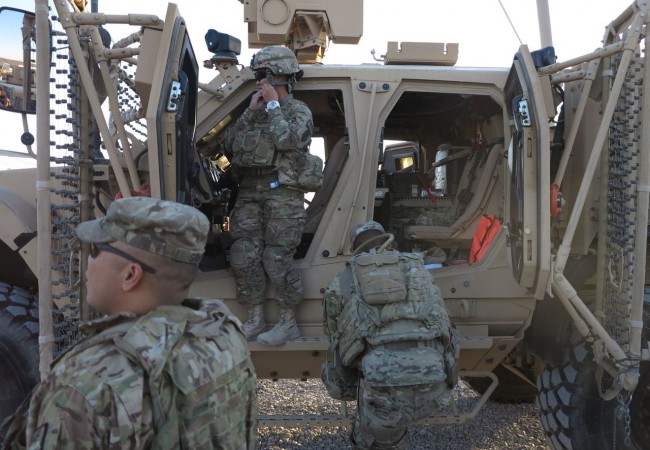
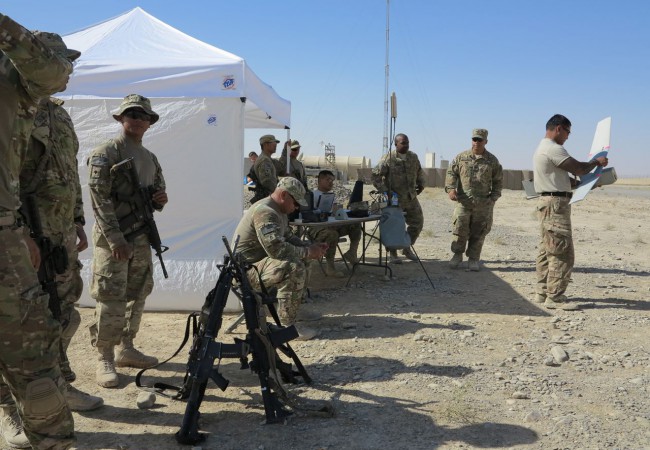

The use of drones has become a highly controversial method of warfare, particularly in neighbouring Pakistan. Hundreds of militants – and civilians – have been killed in drone strikes and there are concerns that the use of drones is driving support towards the Taliban and away from ISAF forces.
Pacific nations are themselves starting to experiment with drones and finding areas for use. There is an argument to be made that Pacific nations with limited resources could use drones to monitor illegal fishing in their EEZs. They can be deployed during times of natural disaster, people lost at sea and a range of other scenarios. Many Pacific nations cannot afford patrol boats and aircraft to monitor their waters, often relying on Australian, New Zealand and US aerial surveillance to keep an eye on their territorial waters. Drones could well be a cost-effective means to combat illegal fishing, and some countries including Palau have already trialled their use.
Effective they may be – but there remain questions in a wider policy sense about the “militarization” that comes with drone use and an uneasy feeling among many citizens about how drones are already enhancing state surveillance of its citizenry.
These Pacific soldiers are probably the first to see the potential for drone use, but there is little doubt that drone use in the vast Pacific ocean, deployed by island governments or superpower rivals, is going to escalate with implications for everyone in the Pacific.

